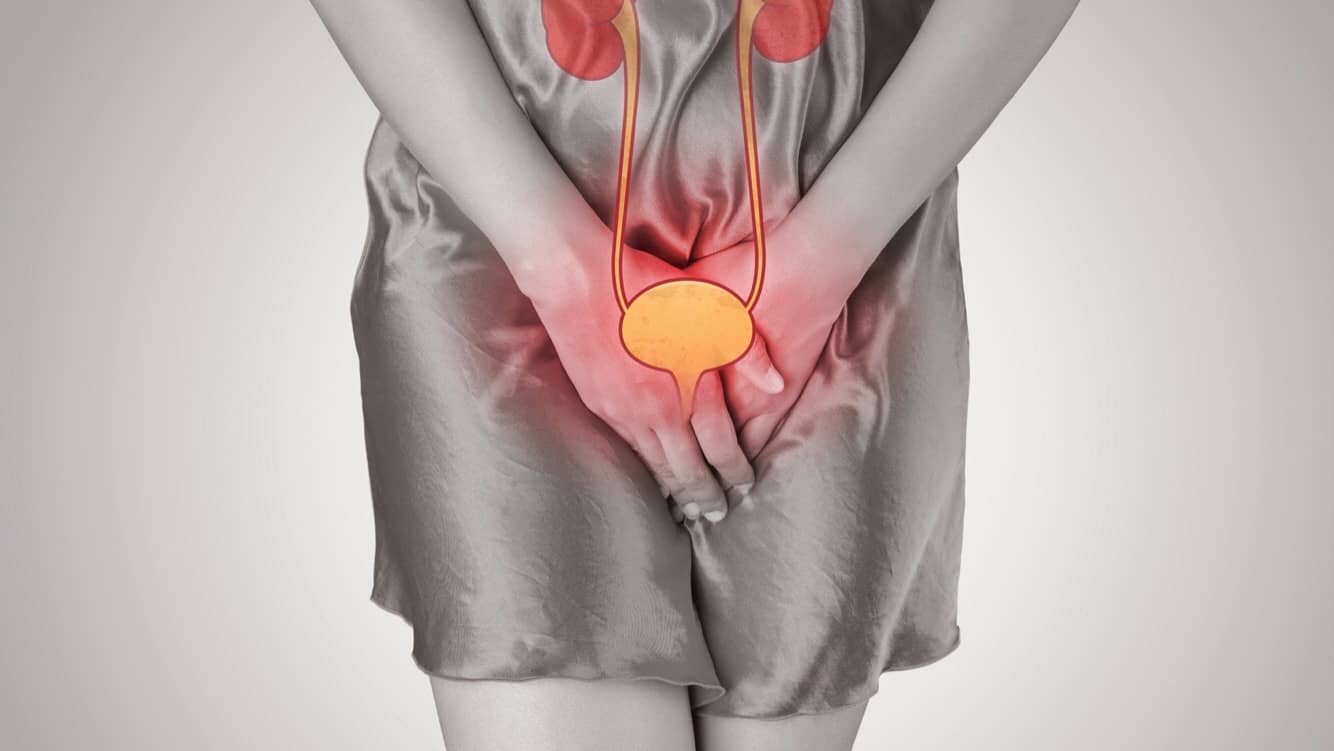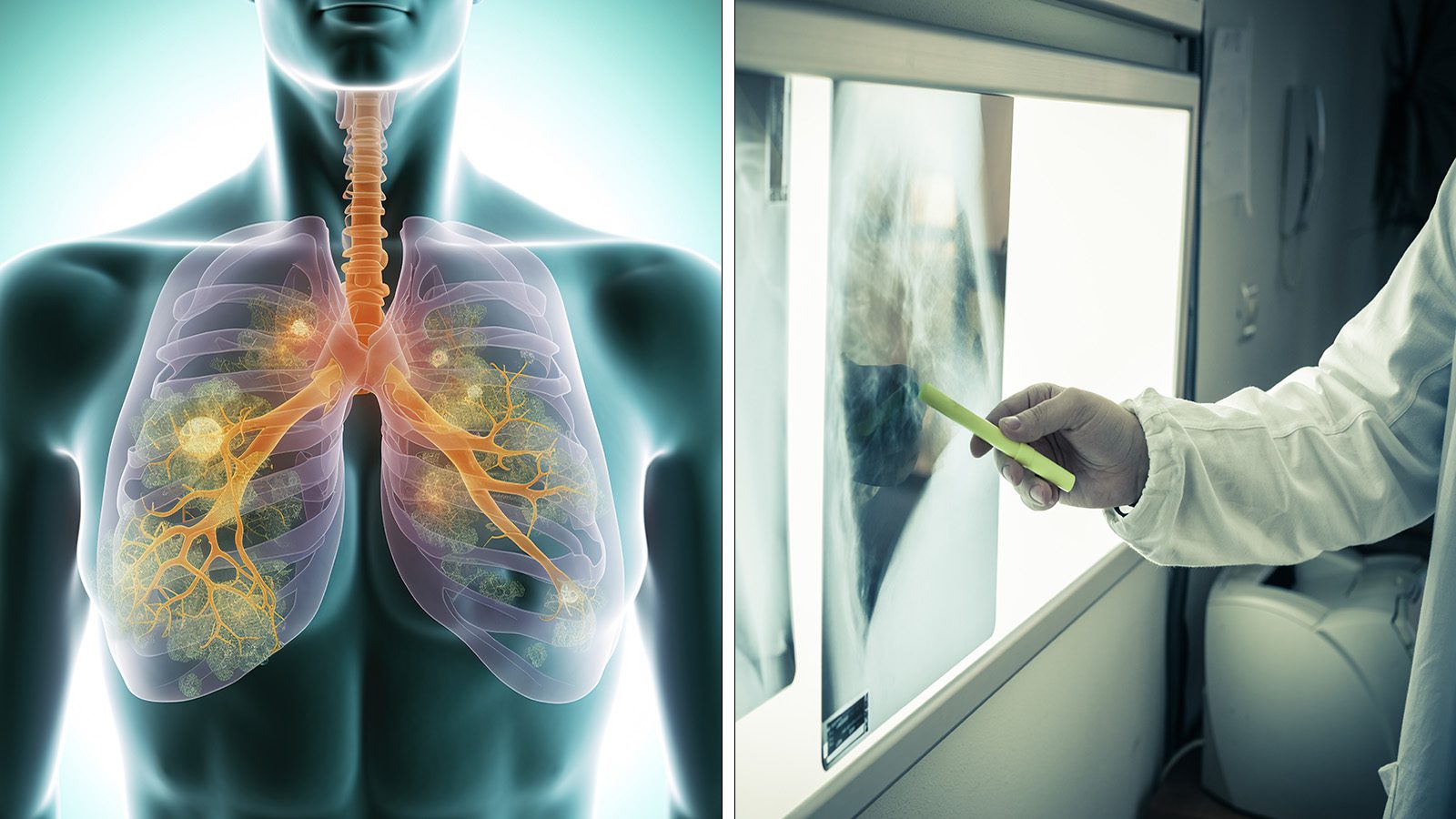Urinary tract infection (UTI) occurs when germs penetrate the urinary system – bladder, kidneys, urethra, and ureters. Bladder infections, including UTI, are quite common and are treatable. Without medical intervention, the infection may spread to the kidneys and further compromise health.
Women have about a 50 percent chance of developing UTI at some point in their life – a significantly higher percentage than men. Treatment of UTI commonly involves prescription or over-the-counter (OTC) antibiotics. However, steps can be taken to reduce your chances of getting UTI, which we will discuss later on.
First, we’re going to talk about the most common symptoms of UTI.
The seven most common symptoms of UTI are:
– Burning sensation while urinating
– A persistent, strong urge to urinate
– Urine that is red, bright-pink or dark
– Frequently passing small amounts of urine
– Urine that smells pungent
– Urine that appears opaque, cloudy
– (In women) pelvic pain, particularly in the center pelvic area around the pubic bone
Types of UTI
Now that you have the 7 most common symptoms of UTI, we’re going to break the illness down by type. The reason is simple, in that each type’s symptoms and treatments can vary widely.
1. Kidney infection (acute pyelonephritis)
Acute pyelonephritis (pie-lone-eh-fry-tis) is a kidney infection both sudden and severe in nature. The infection causes the kidneys to swell, which carries the risk of permanent damage. Pregnant women have a higher risk of developing the condition, which may be life-threatening.
Less common is chronic (long-term) pyelonephritis, which causes “repeated or persistent attacks.” The chronic form of pyelonephritis is more common in children, or those with a history of urinary tract problems.
In addition to the seven common symptoms of UTI listed above, pyelonephritis may cause:
– a fever at or above 102° F (about 39° C)
– pus or blood in the urine
– a fishy smell when urinating
2. Bladder infection (cystitis)
Cystitis is considered a more common form of UTI, especially in women. This condition is less severe than a kidney infection, but still requires medical intervention if symptoms should persist.
Cystitis typically encompasses the seven common symptoms of UTI, but also may include:
– a fever at or above 100.4°F (38°C)
– flu-like symptoms (aches, fatigue, malaise)
Medical intervention is necessary if:
– you’re unsure whether you have cystitis
– worsening or non-improvement of symptoms
– severe symptoms arise (blood in urine, fever, or flanking pains)
– you’re pregnant and have similar symptoms
– your child has like symptoms
Treatment generally involves antibiotics, which begin to have a noticeable effect after one or two days. OTC medications include ibuprofen or paracetamol, and may negate the need to see a medical professional if ineffective. All at-risk demographics mentioned above should see a physician.
3. Urethra infection (urethritis)
Urethritis (yur-eth-rye-tis) is the inflammation of the tube that carries urine from the bladder to outside of the body. The predominant symptom of urethritis is pain during urination.
Urethritis differs from the preceding two UTI conditions in that it is caused by bacteria which penetrates the skin. Additionally, urethritis can be acquired through sexually transmitted diseases (STDs). The herpes simplex virus (HSV-1 and HSV-2), gonorrhea, and chlamydia are three STDs that may cause urethritis.
Symptoms of urethritis, some of which are gender-specific, include:
– discharge from urethra opening or vagina
– blood in semen or urine (men)
– pain during intercourse
– the urgent need to urinate
– difficulty starting urination
Treatment of urethritis depends on the way in which the condition was acquired. Bacteria-induced urethritis is generally treated through prescription drugs (no OTCs.) Treatment of STD-induced urethritis involves special types of antibiotics and occasional checkups (usually every three months) to ensure the condition has been eliminated.
Preventing Urethritis
“Prevention is the best cure,” and UTI infections are certainly no different. Per the Mayo Clinic, the following precautions sharply reduce the risk of developing UTI:
– Drink plenty of water.
Water dilutes the urine and encourages frequent urination. This allows bacteria exit from the urinary tract before any infection takes over.
– Wipe from front to back (women).
Wiping from front to back after using the toilet helps prevent bacteria around the anal cavity from entering the urethra or vagina.
– Empty the bladder soon after intercourse.
This flushes any acquired bacteria. Drink a glass of water to help with urination, if necessary.
– Avoid potentially irritating feminine products.
Certain feminine products, such as deodorant sprays or douches, can irritate the urethral area.
– Change your birth control method.
According to the Mayo Clinic, “Diaphragms, or unlubricated or spermicide-treated condoms, can all contribute to bacterial growth.”













